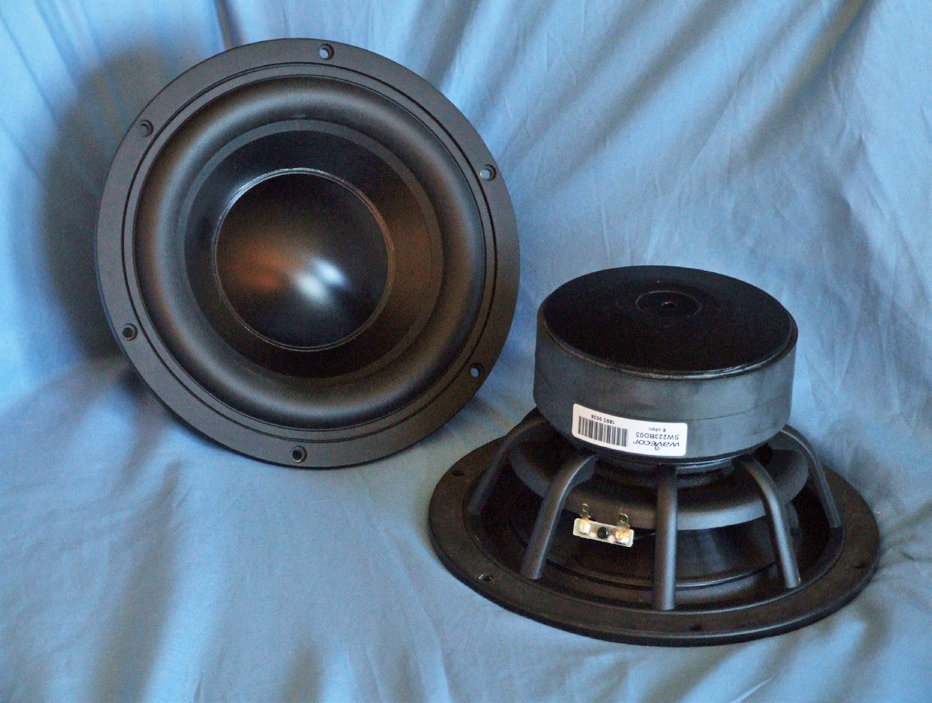Hi all,
Much in the same way as my existing 2-4" midrange/fullrange driver testing, I've decided to publish measurements of larger woofers I have on hand too.
The format is the same as previous testing of smaller drivers with the addition of a new test method to evaluate bass distortion.
To start us off we have a group of four 6.5/7" woofers. I'll hold off writing my interpretations of the measurements until I have a few more measured and a better idea of the baseline performance.
You can view the measurements and commentary here:
Timothy Feleppa's Pages
Any feedback is always appreciated. Cheers!
-Tim
Much in the same way as my existing 2-4" midrange/fullrange driver testing, I've decided to publish measurements of larger woofers I have on hand too.
The format is the same as previous testing of smaller drivers with the addition of a new test method to evaluate bass distortion.
To start us off we have a group of four 6.5/7" woofers. I'll hold off writing my interpretations of the measurements until I have a few more measured and a better idea of the baseline performance.
You can view the measurements and commentary here:
Timothy Feleppa's Pages
Any feedback is always appreciated. Cheers!
-Tim





Comment